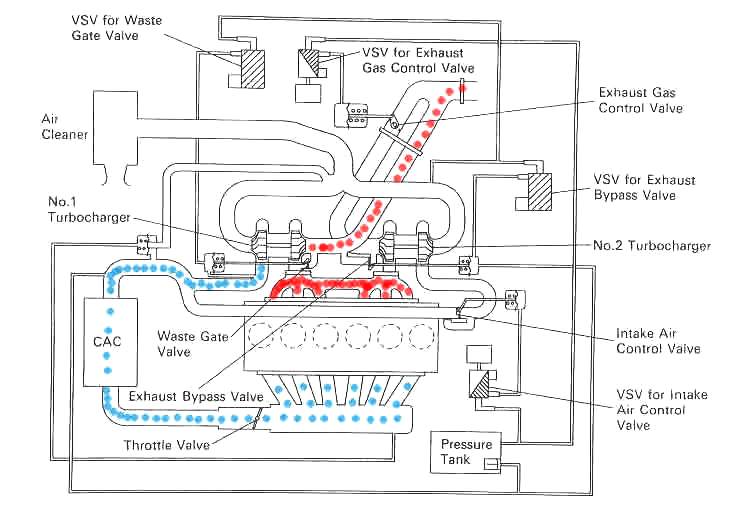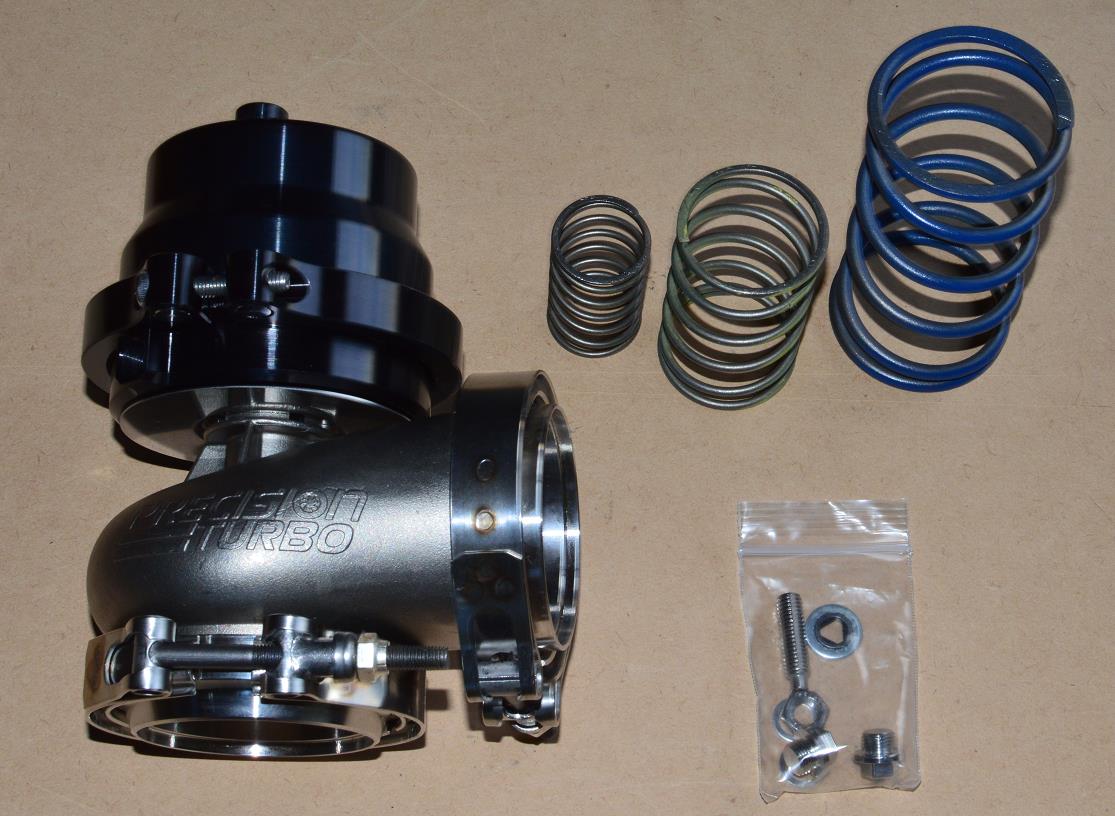
That means the turbine side would be much smaller as well which may not bode well for back pressure. A 61-67mm rear turbo may have a surge line sufficiently far to the left of the map to not surge when brought online. Reduce the size of the #2 turbo to be closer to the #1 turbo. Probably would need to work in combo with option 1.ģ. Drop the spring pressure in the #2 turbo wastegate to 10 psi so it can be controlled by the ECU to leak exhaust gas up to the point where it can be fully bought online, perhaps around 7000 rpm? This may not work anyway as there may not be enough drive pressure. Have a controlled boost leak from the #2 turbo up to the point where it can be fully bought online, perhaps around 7000 rpm?Ģ. I'm not very keen on options 1 or 2 as the #1 turbo doesn't flow enough air (so doesn't make enough power) on it's own at just 20 psi boost.ġ. There are a few possible fixes I can think of. I'm not sure which one (or both) of these reasons is the cause of the issue? The engine cannot consume all the airflow from both the #1 and #2 turbo at the set boost pressure and the #2 turbo surges first as it's the bigger turbo. In other words, it's trying to run to the left of the surge line on the compressor map.Ģ. The #2 turbo is spinning too slowly and doesn't have enough drive pressure to maintain flow at the set boost pressure. There are two possible reasons for the surge that I can think of:ġ.

I tried transitioning the turbo between 10 and 20 psi and from 4800rpm to 5800rpm, but it didn't seem to make much difference. The reason it didn't surge last time is that it was leaking boost through the #3 wastegate which doesn't happen now. Unfortunately, there is now another issue and that is surging from the #2 turbo after it is online. Also the Hobbs switch on the two controlling wastegates works correctly and closes one compressor wastegate and opens the other one exactly as planned, so the transition to the #2 turbo is controllable by #2 boost pressure and works as planned. It’s much less of a hassle to use these turbos in a parallel arrangement than employ a sequential setup.The good news is that the reverse flow out the #2 turbo intake was resolved by using #1 turbo pressure to the controlling #3 and #4 wastegates instead of manifold vacuum. Should it fail, the whole setup is rendered useless.Īnother reason is the use of twin-scroll turbos that use separate channels to collect exhaust gases. The more complicated a system gets, the more opportunities for things to go wrong.įor instance, the sequential system’s flap or valve (vacuum-operated or otherwise) could easily be considered a vulnerable item. However, it does have the potential to have more problems. The added weight and complexity could bring about reliability concerns as well.Ī sequential setup might not necessarily have more problems than a parallel setup. Mazda definitely splurged on their 3-rotor sequential turbocharged 20B Engine as seen in the Eunos Cosmo

This increases cost and brings in packaging constraints, two things that OEMs don’t really like. Unlike parallel turbos, which are very common these days, sequential turbos require a myriad of pipes to keep both turbos connected to all cylinders. The simple answer is cost and complexity. Why Aren’t Sequential Turbos Used Nowadays? The switchover varies between manufacturers but usually happens around the 4000 rpm to 5000 rpm mark. It’s worth noting that both configurations use a turbo intercooler system, unless they are used for quick competition use, where lag can be the difference between winning or losing. An important difference between parallel and sequential arrangements is that turbos in the parallel setup are fed separately, whereas, sequential turbos share the same exhaust gases.įor instance, a parallel twin-turbo straight-six will have exhaust gases routed in a way that cylinders 1-3 will feed one turbo, while cylinders 4-6 feed the other.īut in a sequential setup, at low engine speeds, exhaust gases (from all the cylinders) are sent to the primary turbo and then to the larger turbo via a flap or valve.


 0 kommentar(er)
0 kommentar(er)
